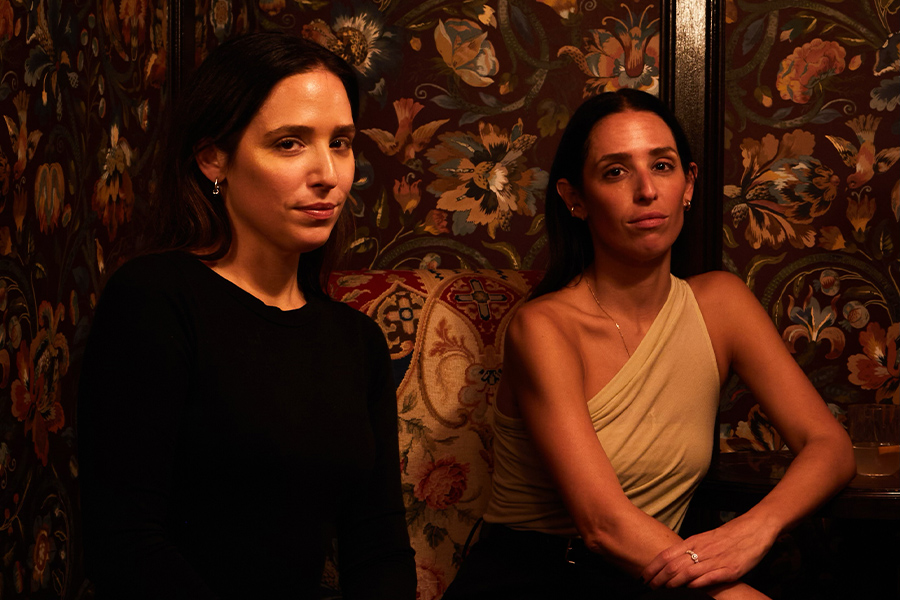What’s driving Miraval’s recent expansion?
The work that is done at Miraval is special, and we want to find a way to offer it to more people. We look for locations—Austin being the first, Berkshires being the second—that may resonate with our existing customers. We have pins in the map where we’d like to be in the U.S., Mexico, Europe, and Asia.
How important is the natural environment in choosing locations?
To do the full-on Miraval immersion, you need space. In the case of Hill Country [in Austin], we were fortunate to buy 220 acres with 210 acres on top of the campus. A very short drive away, we have 10 acres for our equine program, our farm, and our bees. The Berkshires is not anything like the rolling hills of the Santa Catalina mountains, but there is a topography change there, and it has a golf course. We are repurposing everything but keeping some odes to the past.
What is Miraval’s design philosophy?
We are investing significantly with New York firms Clodagh Design and Hart Howerton. It would be disingenuous to think our guests don’t care for a tranquil experience. We are taking the environment in Tucson and applying it with a regional bend in each of those two locations.
How do you maintain the personalized moments everyone loves?
When someone comes to us, they work with an experience planner, who is the direct in-house contact. We’ll guide you, but we don’t mandate anything; we are more organic. At the end of the day, it’s your choice. You can come here to work on yourself in a group environment, go for a hike, or have a great meal with a nice glass of wine.
Any interesting wellness programming?
In Austin, we have a Thai-based treatment where you are suspended from the ceiling in a silk cocoon. It’s like floating meditation, but not in water. Then, your massage therapist is lying on the ground underneath you and they use their feet to massage you from the ground up. It is really special. We are not going to chase fads, but we are absolutely going to be aware of what people want in self-care.


